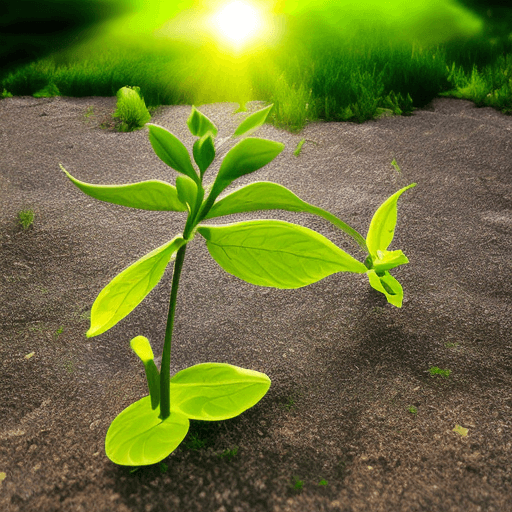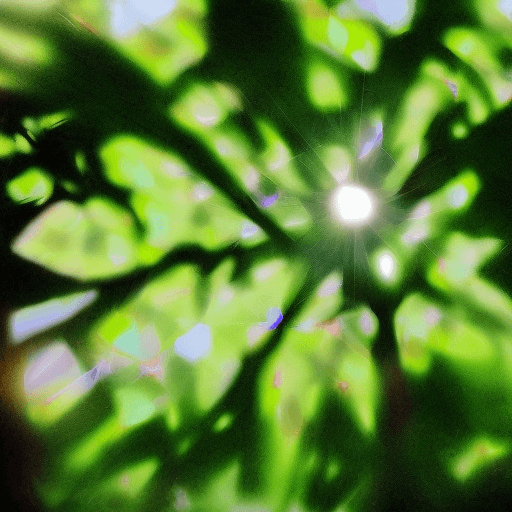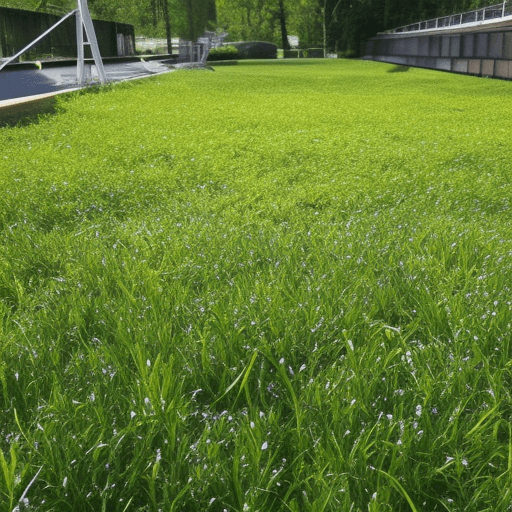Where does photosynthesis take place?
Photosynthesis is a process that takes place in the leaves of plants.
The leaves use sunlight to convert carbon dioxide and water into glucose and oxygen. This process is necessary for plants to grow and thrive.
Without photosynthesis, plants would not be able to produce energy or food.
In this blog post, we will discuss where photosynthesis takes place and how it works!

Most plants perform photosynthesis in their leaves.
Explain It To A Child
The process of photosynthesis takes place in the chloroplasts, which are organelles found in the leaves of plants. Chloroplasts contain a green pigment called chlorophyll, which absorbs sunlight.
The process of photosynthesis uses light energy to convert carbon dioxide and water into glucose sugar and oxygen gas.
Glucose is used by the plant to produce cellulose, proteins, and other organic molecules necessary for growth.
Oxygen gas is released into the atmosphere.
Where does photosynthesis take place?

The process of photosynthesis takes place in the chloroplasts, organelles that are found in the leaves of plants.
- Chloroplasts contain a green pigment called chlorophyll, which absorbs sunlight.
- The process of photosynthesis is used by plants to produce food from sunlight, water, and carbon dioxide.
- It is also used by algae and some bacteria to produce oxygen gas from water vapor.
Photosynthesis is one of the most important processes on Earth, as it forms the basis of the food chain and provides oxygen for all aerobic lifeforms.
Why photosynthesis takes place in the leaves?

One of the most important processes in nature is photosynthesis, which is why it is so essential that it takes place in the leaves.
- Leaves are specifically designed to maximize the surface area for photosynthesis to occur.
- The structure of a leaf allows it to absorb more sunlight, which is necessary for photosynthesis to happen.
- In addition, leaves are able to take in carbon dioxide and release oxygen gas, which is essential for the survival of all organisms.
If photosynthesis did not take place in leaves, the world would be a very different place.
Does photosynthesis take place only in green leaves?
Green leaves are not the only things that are capable of photosynthesis because they contain the pigment chlorophyll, which is necessary for this process.

Chlorophyll absorbs sunlight and uses it to convert carbon dioxide and water into glucose and oxygen.
However, there are other pigments that can also absorb sunlight, such as carotenoids, which are found in orange and yellow leaves.
As a result, photosynthesis can take place in leaves of different colors, not just green.
Where most photosynthesis takes place in the leaf?
Most of the photosynthesis that takes place in a leaf occurs in the mesophyll tissue.

The mesophyll is made up of two layers of cells: the upper epidermis and the lower palisade layer.
The epidermis is a single layer of cells that covers the surface of the leaf and protects it from damage.
- The palisade layer is made up of elongated cells that are packed together closely.
- This layer contains most of the chloroplasts, where photosynthesis occurs.
The chlorenchyma tissue, which makes up the rest of the mesophyll, contains fewer chloroplasts and serves mainly to support the palisade cells.
What part of the cell has photosynthesis?
Photosynthesis is a process that occurs in the chloroplasts of plant cells.

Chloroplasts are organelles that contain chlorophyll, a green pigment that helps plants absorb light energy from the sun.
This light energy is used to convert water and carbon dioxide into oxygen and glucose, which can be used by plants as food.
The oxygen produced during photosynthesis is released into the atmosphere.
In order for photosynthesis to occur, plants need sunlight, water, and carbon dioxide.
The chloroplasts capture the sunlight and use its energy to split the water molecules into hydrogen and oxygen atoms.
The oxygen atoms are released into the atmosphere, while the hydrogen atoms combine with the carbon dioxide molecules to form glucose.
Other places where photosynthesis takes place
In addition to leaves, there are a number of other places where photosynthesis takes place.
For example, the stems of many plants are also capable of performing photosynthesis.
This is especially true of succulents, which often have green stems that perform the majority of their photosynthesis.
Similarly, algae and other aquatic plants typically have leaves that float on the surface of the water, allowing them to be maximally exposed to sunlight for photosynthesis.
In all of these cases, photosynthesis is essential for the plant to produce the energy it needs to grow and thrive.
As a result, most of the photosynthesis takes place in a leaf.
Article Sources
Jacks of Science sources the most authoritative, trustworthy, and highly recognized institutions for our article research. Learn more about our Editorial Teams process and diligence in verifying the accuracy of every article we publish.
